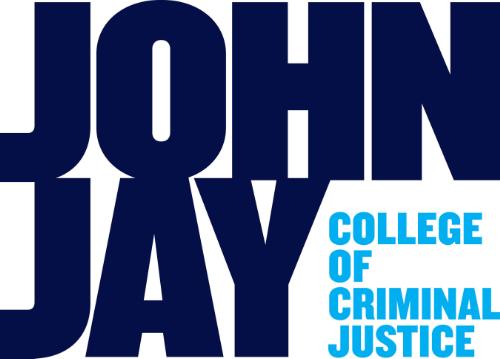
Publications and Research
Document Type
Report
Publication Date
Summer 7-7-2014
Abstract
Criminal justice punishments are an investment that societies make to protect the safety and order of communities. Following decades of rising prison populations, however, U.S. policymakers are beginning to wonder if they have invested too much in punishment. Policies adopted in previous decades now incarcerate large numbers of Americans and impose considerable costs on states. Mass incarceration policies are costly and potentially iatrogenic—i.e., they may transform offenders into repeat offenders. Public officials and citizens alike often assume that known offenders pose a permanent risk of future offending. This belief entangles millions of offenders in the justice system for life, with little hope of being fully restored to a non-criminal status. Yet, research indicates that risks posed by ex-offenders decline over time. At some point, which this report terms “risk convergence,” the probability that an ex-offender will commit a new offense reaches a level that is indistinguishable from the general public. Societies gain nothing from ineffective and inefficient criminal justice policies that impose punishments on offenders far beyond the point of risk convergence. These policies waste resources and hinder ex-offenders struggling to rebuild legitimate lives when they pose no greater risk to public safety than any of their neighbors. There are, of course, solutions to this problem. This report addresses some of the solutions being implemented across the country.
Included in
Inequality and Stratification Commons, Other Public Affairs, Public Policy and Public Administration Commons, Other Social and Behavioral Sciences Commons, Policy Design, Analysis, and Evaluation Commons, Politics and Social Change Commons, Public Policy Commons

